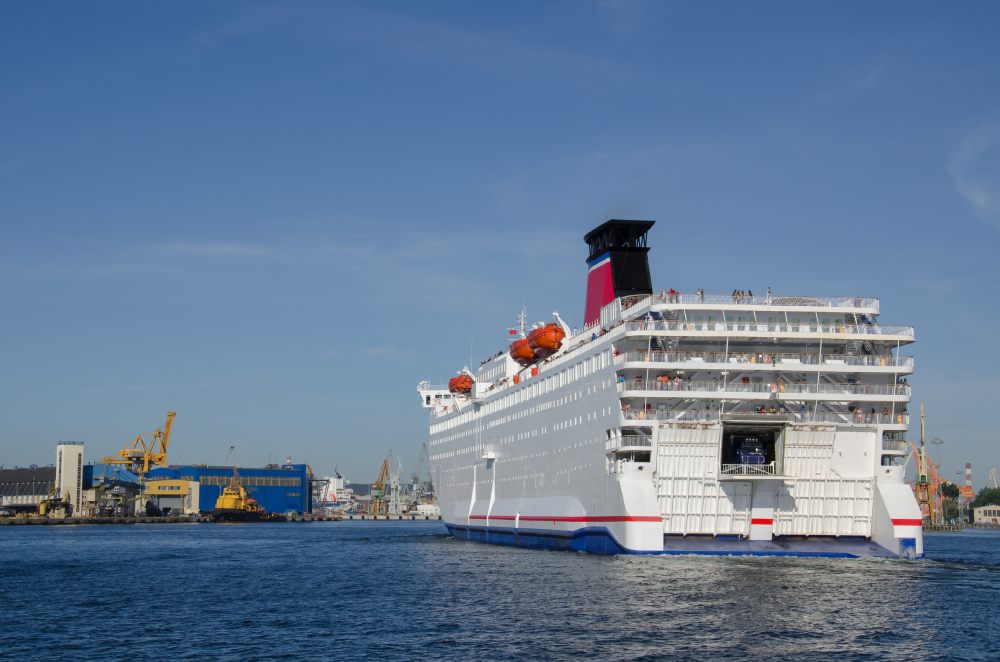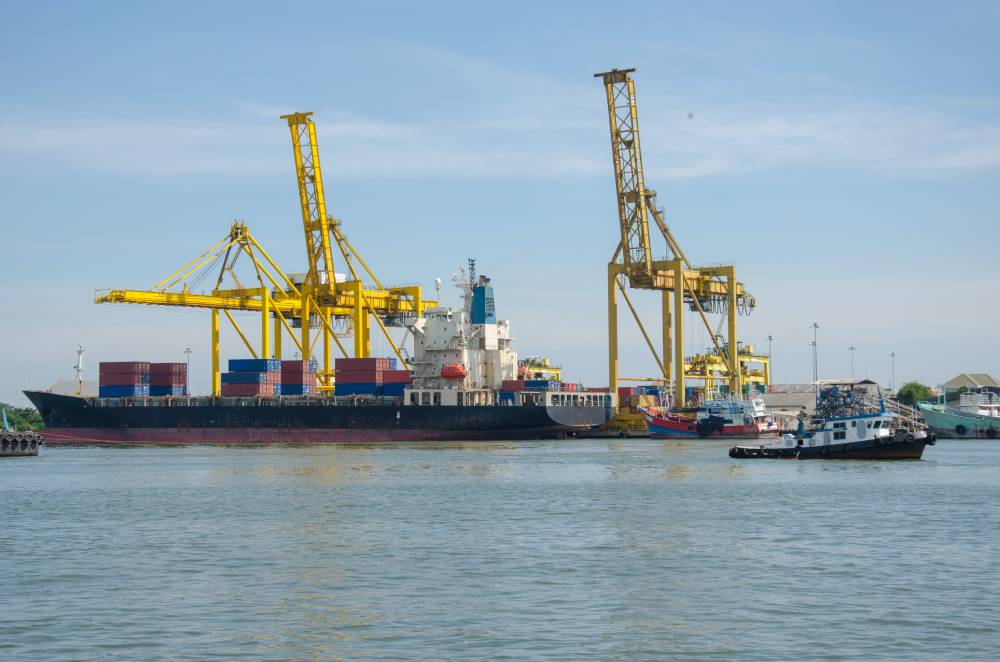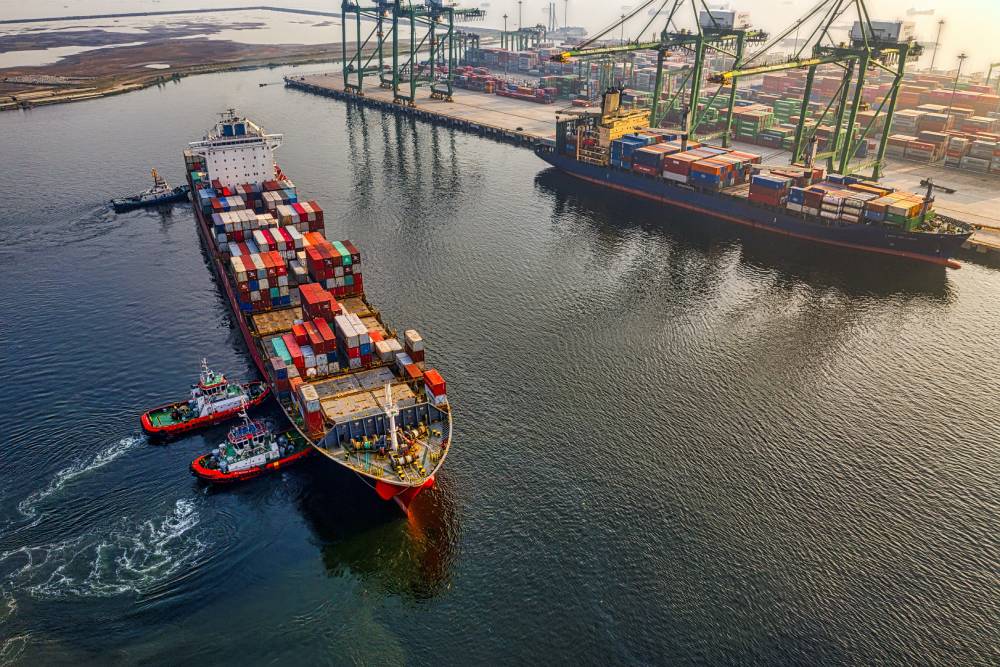
If you’re in the business of shipping goods, then you’ll need to know about wharf cartage or ocean freight.
It’s an important part of the shipping process, and it’s something that you’ll want to be sure you’re doing correctly.
In this blog post, we’ll discuss wharf cartage and what you need to know about it.
What Is Wharf Cartage?

Wharf cartage is the process of transporting goods from a wharf or port to another location, especially by sea. It is often used for shipments of large and bulky items that cannot be easily transported by other means.
5 Things To Know About Wharf Cartage
There are several things to note about ocean freight. Here are some key points:
1) Wharf cartage is a specialised service
Not all freight companies offer ocean freight services. This is because it requires special equipment and training to safely and efficiently move containers and other large items around a wharf or port.
If you need ocean freight services, be sure to work with a freight company that offers this type of service.
2) There are different types of wharf cartage
There are several types of ocean freight services available, depending on your shipping needs. For example, if you are shipping containers, you will need container cartage services.
Other types of ocean freight services include break bulk cartage (for large items that cannot be containerised) and general wharf cartage (for smaller items).
3) Wharf cartage rates are variable
The cost of ocean freight services can vary depending on the type of service you need, the volume and weight of your shipment, and the distance that needs to be travelled.
When choosing a freight cartage company, ensure that you get a quote for the specific services you need to get a better idea of the pricing to expect.
4) Wharf cartage requires specialised equipment
As aforementioned, to safely and efficiently move containers and other large items around a wharf or port, specialised equipment is required.
This includes wharf cranes, straddle carriers, and reach stackers. Without the right equipment, wharf cartage simply cannot be carried out effectively.
5) Wharf cartage must be carried out by trained professionals
Not just anyone can use ocean freight services. There are strict safety requirements that must be followed, and these can only be carried out by trained professionals.
In addition, wharf cartage companies must have the necessary insurance in place to protect their workers, your goods, and the wharf itself.
Types of Shipping Containers
There are several types of shipping containers, each with its own set of characteristics. The most common are:
- Standard containers: These are the most popular type of container and can be used for a variety of goods. They come in a range of sizes, but the most common are 20 feet long or 40 feet long.
- Reefer containers: These containers are refrigerated and are used to transport perishable goods. They also typically come in 20 feet and 40 feet lengths.
- Flat-rack containers: These are used for oversized or oddly-shaped items. They come in 20 feet, 40 feet, and 45 feet lengths.
- Open-top containers: These have no roof and are used for tall or bulky items. They also typically come in 20 feet and 40 feet lengths.
How To Choose a Wharf Cartage Company

There are several things to consider when choosing an ocean freight company, such as:
1) Services offered
As mentioned previously, not all freight companies offer wharf cartage services. Be sure to choose a company that offers the specific services you need.
2) Equipment
As ocean freight requires specialised equipment, you will want to ensure that the company you choose has the right equipment for the job. This includes wharf cranes, straddle carriers and reach stackers.
3) Location
It is important to choose a company that is located near your wharf or port. This will help to ensure that your goods arrive on time and in good condition.
4) Price
Of course, you will also want to compare prices before making a final decision. However, bear in mind that the cheapest option is not always the best. Be sure to compare all aspects of the service before making a decision.
5) References
Finally, be sure to look for references from the ocean freight companies you are considering. A great way to do this is by looking for reviews online. This will give you an idea of the quality of service you can expect.
Conclusion
When it comes to wharf cartage, it is important to choose a reputable and reliable company. Be sure to consider all of the factors mentioned above before making your final decision.
At MF Freight, we offer a wide range of freight transportation services, including wharf cartage, interstate transport, over-dimensional transport, air freight, warehousing, and other supply chain services. Contact us today to learn more about our services or to get a quote.
Wharf Cartage – FAQ
What is a wharf in shipping?
A wharf, quay, staith or dock is a structure on the shore of a harbour or on the bank of a river or canal, where ships may dock to load and unload cargo or passengers.
What is wharf cartage?
Wharf cartage is the movement of cargo from the wharf to the ship and vice versa. It is also known as terminal handling.
What is the difference between wharfage and wharf cartage?
Wharfage is the use of the wharf itself, while wharf cartage is the movement of the cargo on and off the wharf.
What are wharf charges?
Wharf charges are fees charged by the wharf owner for the use of the wharf and its facilities. These charges are generally passed on to the shipper.
What is the difference between freight and cartage?
Freight is the transportation of goods by ship, plane, train, or truck. Cartage is the local transport of goods within a city or town, usually by truck or cart.
What is the difference between a wharf and a berth?
A wharf is a structure on the shore of a harbour or on the bank of a river or canal, where ships may dock to load and unload cargo or passengers. A berth is a specific location at a wharf where a ship may dock.
Read our Blog
